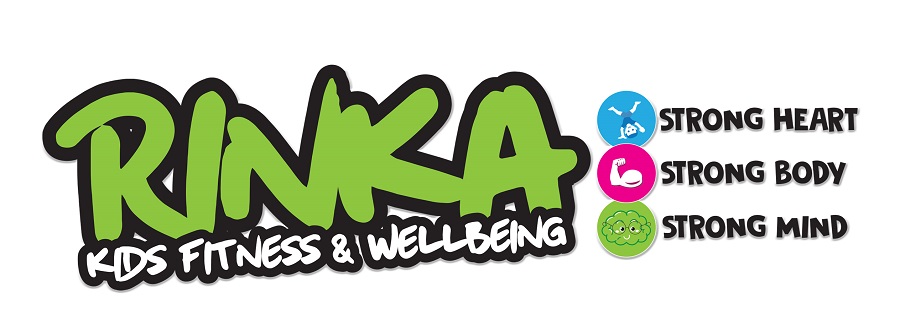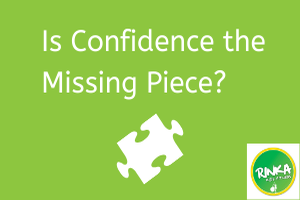Bright and breezy, happy-go-lucky children, with the self-confidence and self-belief to jump in and try new things and laugh at themselves when they fail is the ideal mindset parent’s wish for their offspring. Confidence opens doors, creates opportunities and paths an easier path through life for those lucky enough to have it.
How does confidence relate to health and fitness for kids?
Well in a word, it is everything. Throughout our RINKA journey we have met children with every imaginable personality trait and those who lack confidence and self-belief are the ones who need the most encouragement.
Children label themselves from a young age as ‘sporty’ and ‘not sporty’ and by the time they have reached 6 years of age, they have identified with one or the other, and if they negatively identify themselves, they are far less likely to take part. Tackling self-confidence in sport is essential and I believe it needs to go even further than that – we need to differentiate between sport and fitness. Not every child is going to love sport, but every child needs to love fitness.
We need to focus on creating a space that encourages kids to learn and master the fundamentals of sport – every child needs to be able to run, skip, hop and develop basic ball skills but they need a non-competitive environment in which to do it.
There will always be room for competitive sports and the children that are that way inclined will naturally gravitate towards it, but what we need to focus on more are the kids who aren’t competitive. We need to build their skill level, which will in turn increase their confidence level and desire to participate.
We need to teach children of the benefits of exercise and that ‘being the best’ isn’t the goal but that ‘feeling the best’ is.
Here’s a few ideas for how you can help develop your child’s confidence and attitude towards fitness:
- Practice what you preach – make activity part of your daily life. Go for walks, play ball, do an active chore every evening before dinner. Move more. Kids do as they see
- Take time to help them develop skills – play ball, create obstacle courses at home, buy a skipping rope
- Introduce them to alternative activities – swimming, hill walking, beach running – do them as a family
- Encourage their efforts and match their enthusiasm
- Take their lead – learn and listen what interests them most

